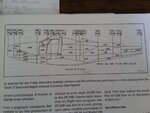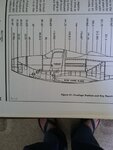Peter Gunn
Master Sergeant
*SNIP*
OTOH, they gave pilot jobs to unlikely specimens of airline pilotage like me, who wouldn't have a snowball's chance you know where of getting hired by a major airline. (Not military trained, too tall, too skinny, too unattractive, wearing THICK glasses, history of eye disease and other chronic conditions, and a little shy on multi engine time.) I just didn't fit the desired profile.
*SNIP*
And here I had you pictured like this:
So I guess this would be closer?
Last edited:


